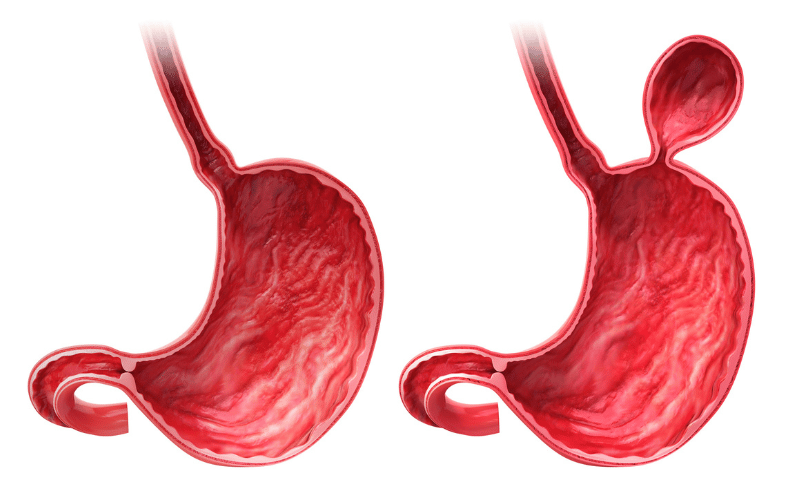6. The Esophagitis-Hiatal Hernia Connection: A Surprising Relationship

It’s surprising for many to learn that esophagitis is often connected to another condition: hiatal hernia. A hiatal hernia occurs when the upper part of your stomach bulges through the diaphragm muscle. This can interfere with the lower esophageal sphincter (LES), a valve-like muscle that normally keeps stomach acid from flowing back into the esophagus. When the LES is compromised, it can set the stage for esophagitis.
A common misconception is that hiatal hernias only occur in older or overweight individuals. While these demographics are at greater risk, even younger, fit individuals can develop the condition. Hiatal hernias can be asymptomatic, but when symptoms appear, they often mimic those of esophagitis, complicating the diagnosis. This overlap can lead to a delay in appropriate treatment.
What makes the connection even more intriguing is the cyclic nature of these two conditions. Hiatal hernia can lead to esophagitis by allowing stomach acid to flow back. Yet, untreated esophagitis can worsen a hiatal hernia by causing inflammation and swelling, which puts further pressure on the LES. It’s a vicious cycle. (6)